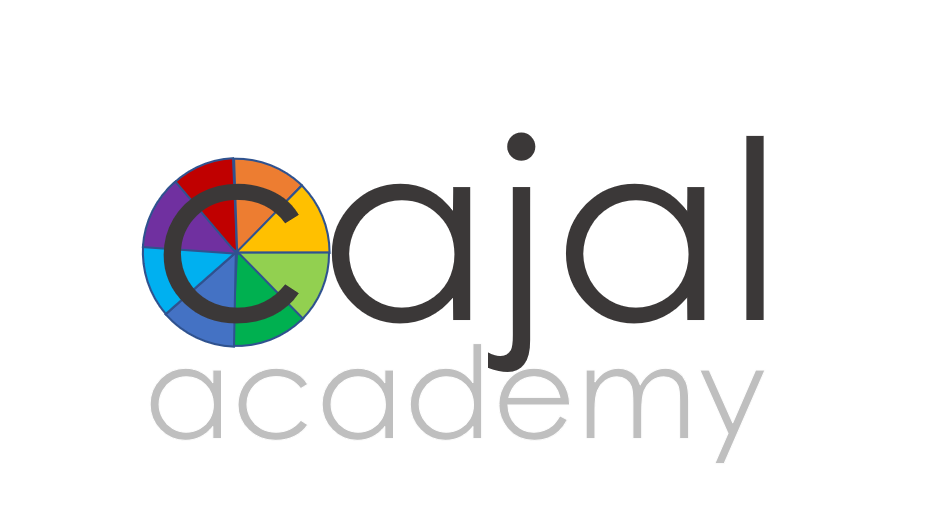The science is here. We’re putting it to work for kids.
Our mission is to empower kids to optimize their own learning, social and emotional outcomes
Cajal Academy was born out of one mom’s journey to find a school where her children could learn how to manage and overcome the obstacles holding them back, so they would be prepared to pursuit futures appropriate to their intellectual and creative gifts, without being limited to ones that could accommodate their challenges. One special education school after another told her that her children were too bright, too complicated or too unique.
Turning to her kids’ community-based occupational and physical therapy team, they soon realized that well-established neuroscientific advances point the way to do just that, but that these insights had yet to be operationalized in the classroom. Insights that could move beyond teaching academic coursework or learning how to “get along” in a world engineered for their mainstream peers to meaningfully reduce their challenges, and gain agency over those that were left.
Together, they founded Cajal Academy in 2019 as a non-profit organization with a mission to empower kids to optimize their own learning, social and emotional outcomes. This mission goes beyond rigorous academic instruction (though we do that too), to increase their access to the skills required for learning itself — specifically,
identifying and then reducing the obstacles that threaten to hold them back, by building up the neural networks they need to provide them;
equipping students with strategies they can use to self-monitor, self-manage and self-advocate for their needs; and
teaching students the neuroscience behind it all, so they can make informed decisions about how to proactively tackle any new challenges that may arise, within or outside of school.
“Now that we know that it is possible to identify and address the specific cognitive, social and emotional skills holding a child back, we believe we have a moral imperative to put those insights into action. ”
A School and an Engine for Educational Innovation
Every element of Cajal Academy’s program was designed by our expert, multi-disciplinary team of clinicians. We’ve taken the walls down between different ‘related services’ and brought that expertise into the core of our classroom and social experiences. In the process, we unleashed our experts to redesign every element of curriculum delivery and school design to leverage modern neuroscientific research into the ways that children’s bodies and brains together influence their life-lived experiences, and how these intersections can be used to improve their learning, social and emotional outcomes. The result is a ground-breaking pedagogy that uses children’s need to move as a powerful learning modality, while leveraging movement and games to build the finely-scaffolded neuro-cognitive capacity children need to perform low-lying skills, applying the principle of neuroplasticity.
CT’s Only Gifted Special Ed Outplacement School
Cajal Academy fills the hole in local outplacement offerings for a school with both academic programming for intellectually-gifted kids and expert special education programming.
Our school provides the real-world settings and expert environment for developing new educational approaches that can better meet the needs of gifted students with complex educational needs.
Innovational Approaches Modernizing Education by Applying Modern Neuroscience
Cajal Academy’s innovations are led by Steven Mattis, PhD, A.B.P.P., a recognized neuropsychologist and professor at Weill Cornell Medical School with extensive peer-reviewed publications.
Cajal’s innovations work directly benefits its students, by providing protocols and approaches leveraging current research into how students learn, socialize and grow to give them agency over their own experiences.











